SS Auguste Victoria - Photographs - 1908
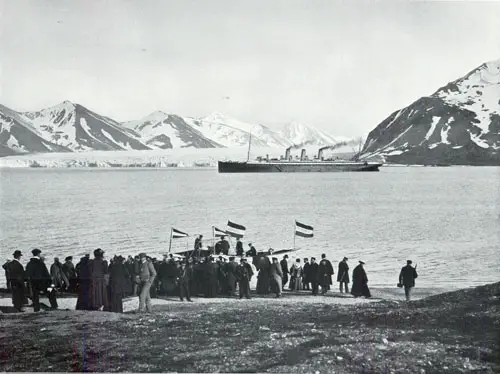
Photo 069: The SS Auguste Victoria in the harbor at Bell Sund, Spitsbergen
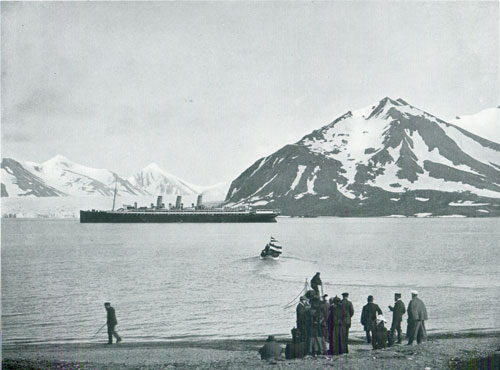
Photo 072: The SS Auguste Victoria in the harbor at Bell Sund. Visitors on shoreline watch tender take passengers to the ship.
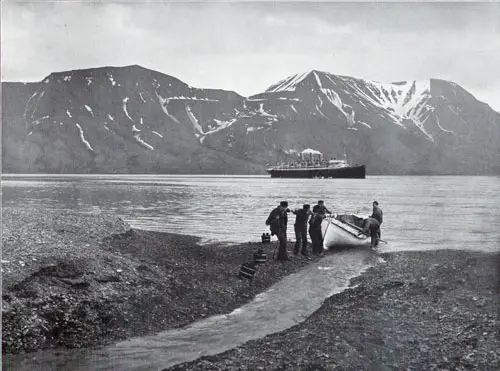
Photo 079: The SS Auguste Victoria anchored in the harbor at Advent Bay, Spitsbergen
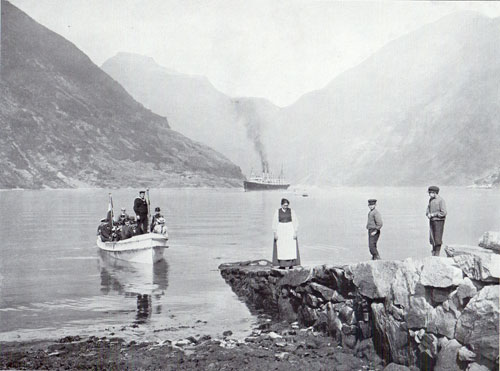
Photo 091: The SS Auguste Victoria in Merok, Geiranger Fjord, Norway - A tender is arriving with load of passengers.
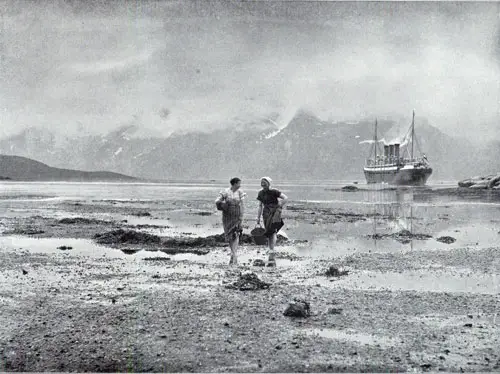
Photo 109: The SS Auguste Victoria off the Norwegian coast - two Norwegian peasant girls in foreground.
Augusta Victoria, later Auguste Victoria, placed in service in 1889 and named for Empress Augusta Victoria, wife of Emperor Wilhelm II, was the name ship of the Augusta Victoria series and the first of a new generation of luxury Hamburg America Line ocean liners.
She was the first European liner with twin propellers and when first placed in service, the fastest liner in the Atlantic trade. She was rebuilt and lengthened in 1897 and sold to the Russian Navy in 1904; they renamed her Kuban.
Albert Ballin commissioned Augusta Victoria and her sister ship Columbia in 1887, soon after joining the Hamburg America Line as head of passenger service. Augusta Victoria, the first to be placed in service, was originally to have been called Normannia but was renamed for the Empress after Wilhelm II became Emperor.
In the 1890s the line added the larger Normannia and Fürst Bismarck to the series. Augusta Victoria was the first European liner with twin screws, which made her both faster and more reliable. (The two previous twin-screw liners were the City of New York and City of Paris of the British Inman Line.) In May 1889, her maiden voyage to New York broke a record, taking only seven days.
She was also the first luxury liner at Hamburg America, introducing the concept of the "floating hotel"; she had "a rococo stairhall, illuminated by a milky way of pear-shaped prisms and naked light bulbs clutched by gilded cherubs, a reception court choked by palm trees and a dark and gothic smoking room."
Ballin had her interior design work done by Johann Poppe, the designer at Hamburg America's rival line, North German Lloyd, whose ships already had a reputation for elegance. She was immediately successful, but she and her sister ship were an economic drain on the line because they required more coal than slower ships and could not carry much freight or many steerage passengers and were therefore only profitable in the summer season, and it was risky to operate them at all from Hamburg in very bad weather, when the Elbe was packed with ice.
Off-season pleasure cruises were therefore instituted in 1891, and Augusta Victoria's cruise in the Mediterranean and the Near East from 22 January to 22 March 1891, with 241 passengers including the Ballins themselves, is often stated to have been the first ever cruise. Christian Wilhelm Allers published an illustrated account of it as Backschisch (Baksheesh). However, the British Orient Line had offered cruises in the late 1880s.
In 1897, the ship underwent a comprehensive rebuilding at Harland & Wolff in Belfast. She was lengthened, her tonnage increased, and her speed increased by half a knot, and the middle of her three masts was removed.[3] Her name was also changed to Auguste Victoria to correct an original inaccuracy; the Empress spelt her name with an e.
While Augusta Victoria was under construction, the Emperor persuaded both Hamburg America and its rival Norddeutscher Lloyd to make their future liners convertible to auxiliary cruisers in time of war. Like all German fast liners built from then until 1914, she therefore had reinforced decks which could support gun platforms.
In 1904 she and the other three ships in the series were sold to the Russian Navy; she was renamed Kuban and became a cruiser, but was assigned to be a scout ship. She sailed in the Far East with Admiral Zinovy Rozhestvensky's fleet in the Russo-Japanese War, but did not see action. She was broken up at Stettin in 1907
Portions of text from Wikipedia
